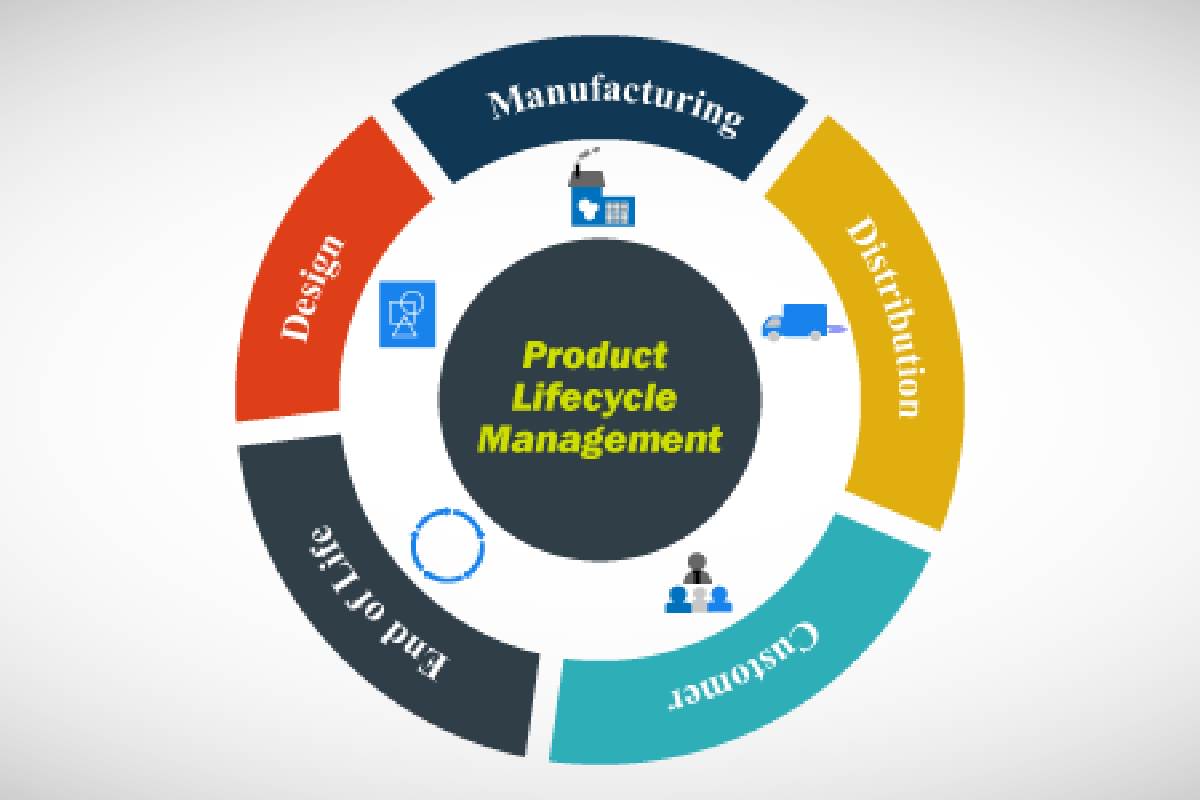The product lifecycle is the stages a product goes through from when it is first thought of, to when it is finally removed from the market. Keep reading to learn more about the product lifecycle process and how it can benefit your business.
What is the Product Lifecycle Process?
The product lifecycle process is the steps that a company takes to develop and release a product, then manage it through its life cycle. The first step is market research, which determines whether there is a need for the product and whether there is potential demand. If there is interest, the company develops a prototype and does further research to determine what the product should do and how much it should cost. Once those details are finalized, the company creates a business plan and begins raising money to fund production.
They then build the product and test it to make sure it meets quality standards. After that, they launch it in stages starting with select markets before expanding nationally or internationally. As sales grow, they may update or redesign the product based on customer feedback. Eventually, they phase out the product as newer models come out or when demand drops off. PLM solutions can scale and automate the lifecycle process through PLM software. With a PLM solution, you can coordinate, plan, control, and manage your product data in a single system. This maximizes the efficiency of your projects and allows you to easily analyze specific parts of product development as well as your business processes.
What are the Steps in the Product Lifecycle Process?
The product lifecycle process is a framework that companies use to manage the development and eventual retirement of their products. The process has four steps: planning, development, launch, and closure. Each step has its own set of tasks and activities that need to be completed in order for the product to move on to the next step. Planning is where the company decides what products it wants to develop and how they will fit into its overall business strategy. This step also includes market research to determine if there is a demand for the product and whether it can be profitable.
Development is where the actual work on creating the product takes place. In this stage, the company determines what features the product will have and designs it accordingly. It also builds prototypes and tests them with potential customers to get feedback about what works and what doesn’t. Launch is when the product goes into full-scale production and hits store shelves. The company spends this phase marketing the new product and trying to get as many people as possible to buy it. Closure is when sales start to decline and the company decides that it’s time to retire the product. This stage includes winding down operations, selling any remaining inventory, and finally shutting down production altogether.
How can you Optimize a Product’s Lifecycle?
The first step in optimizing a product’s lifecycle is to do research and development (R&D). This involves designing and testing prototypes of the product in order to find the best design and features. R&D also includes market research, which helps determine what features customers want and how much they are willing to pay for them. Once the R&D process is complete, it’s time to start marketing and launching the product. This includes creating advertisements, setting up websites, and organizing events to promote the product.
It’s important to get the word out about the new product so that people know about it and are interested in buying it. After the product is launched, it’s important to have good sales and customer service teams in place who can help customers with their purchases and answer any questions they have. It’s also important to track customer feedback so that you can continue improving the product based on what people like or don’t like about it. In order for a product to have a successful lifecycle, it needs regular maintenance and updates. This means fixing any bugs that may occur or adding new features based on customer feedback. It’s important not to neglect products once they’ve been launched, but rather continue investing in them so that they remain successful over time.
The lifecycle process is important because it helps companies manage their products and understand when they should retire them. This helps companies keep their products fresh and relevant to their customers.


